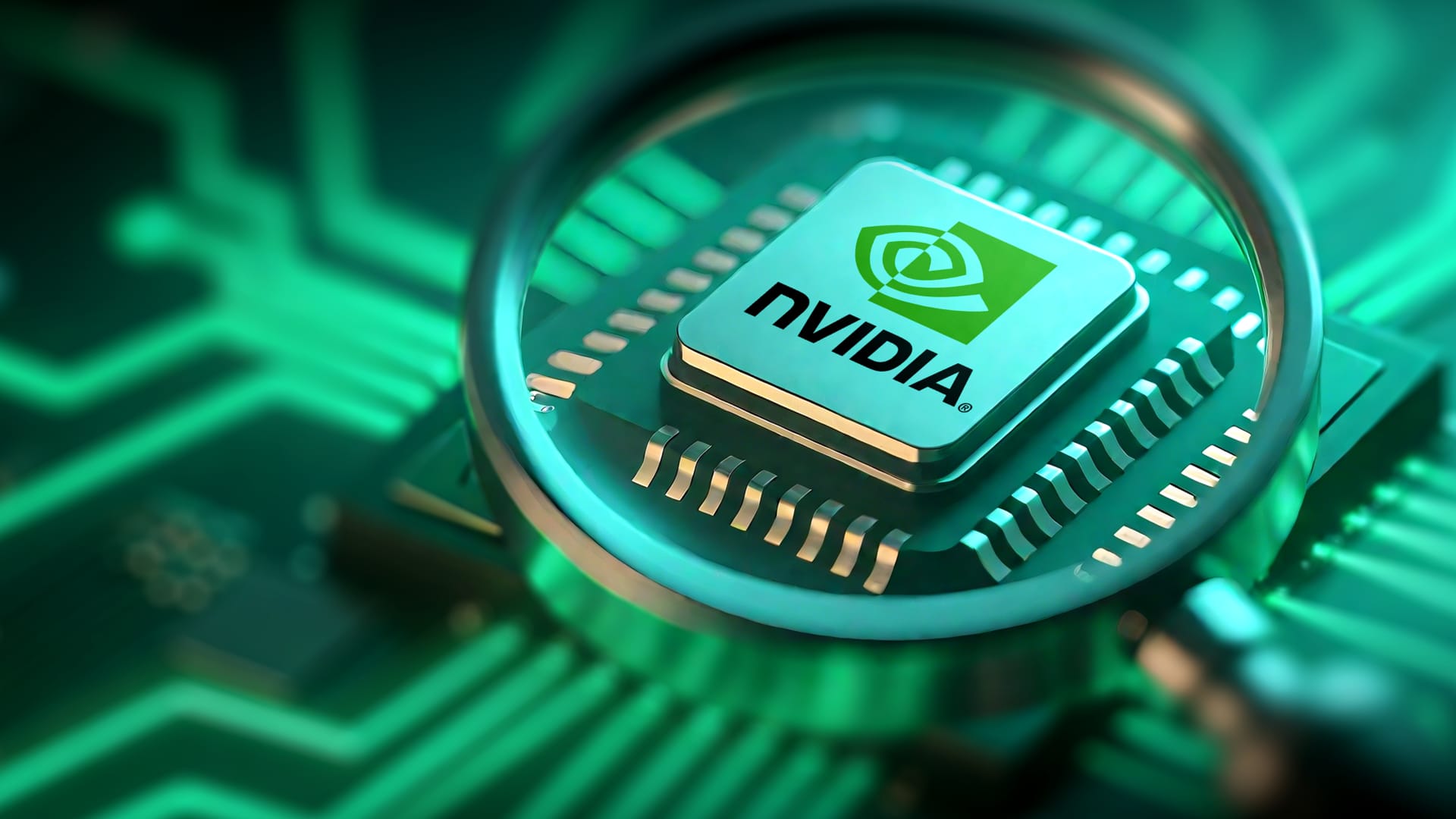Nvidia’s closely watched earnings report showed weaker-than-expected sales at its data center business, though the stock’s pullback in extended trading may prove short-lived with investors still believing in the artificial intelligence trade. The chipmaker beat Wall Street’s expectations for fiscal second-quarter earnings and gave a stronger current-quarter revenue forecast than anticipated. But shares tumbled in after-hours trading as second-quarter data center revenue came in slightly below the Street’s consensus view. Still, data center revenue soared 56% from a year ago and made up 88% of total sales. Nvidia said it didn’t sell any of its H20 processors to customers in China during the period, but it released $180 million worth of inventory to a client based elsewhere. The knee-jerk reaction over the data center revenue miss may be more about how Wall Street calculated its estimates than it is about Nvidia’s performance, said Gene Munster, a co-founder at Deepwater Asset Management. That’s because changes to export rules for chips sent to China hurt the numbers, Munster said. He added, he wouldn’t be surprised to see the stock trade higher in Thursday’s session as investors realize that the miss doesn’t bolster broader fears about the AI trade. “We knew there was going to be noise, and you got to work a little bit harder to get to the core of what’s going on,” Munster said. “This was not a resounding reassurance for the AI investors, because they don’t want to have to do any math.” Future of AI trade The report is being used as a gauge of how the AI trade will fare going forward. After two years of AI becoming increasingly mainstream and driving associated stocks up, questions linger around the longevity of the current boom. Wednesday’s report come as AI plays have largely stalled out in recent weeks. Both shares of Nvidia and the VanEck Semiconductor ETF (SMH) haven’t seen much movement since August began. NVDA SMH 1M mountain Nvidia and SMH ETF, 1-month Nvidia has been viewed as a barometer for the broader AI industry given its size and leadership. It’s become a favorite of retail investors in recent years and has been included in the “Magnificent Seven,” a group that’s been credited with driving the market to records. Despite that enthusiasm, earnings reports haven’t been a positive catalyst for the stock recently. Following the prior four earnings releases, the stock was down a week and month later in all but one instance, according to JPMorgan data. Yet Munster said investors should focus more on the guidance — which he described as good — than short-term moves in the stock. “I think the stock rallies tomorrow, but the bear case is going to still float around,” Munster said. “I don’t know what these stocks are going to do over the next month,” he added. “The outlook was really strong, and I think that eventually they’ll be rewarded for that.” Susquehanna analyst Chris Rolland similarly described the immediate move as a knee-jerk over-reaction CNBC’s “Fast Money” Wednesday night. “These numbers were just fine,” he said Broader market implications What Nvidia’s stock does from here can have big implications for the broader market, given its position as the first company ever to hit a $4 trillion market cap. More than $1 million of that market value was earned this year alone. It also accounts for 8% of the S & P 500 . Given that, the looming question has been: Can the broad index continue rising to all-time highs — as it did on Wednesday ahead of the report — if such a big name sputters out? The market will likely enter a digestion phase if Nvidia shares don’t rally in the near-term, said Jay Woods, chief global strategist at Freedom Capital Markets. He said the market’s next leg higher is more likely to be driven by the Federal Reserve’s interest rate plans than it is the AI trade. While Nvidia may be in for a pullback, it’s not unheard of for the stock to trade sideways before returning to a rally — especially after its big run off April lows, Woods said. “I think this turns away the focus on the chip story and returns the focus back to the Fed,” Woods said. “Nvidia is still trading near all time highs. … This isn’t going to be the catalyst to get us to that next level.”





